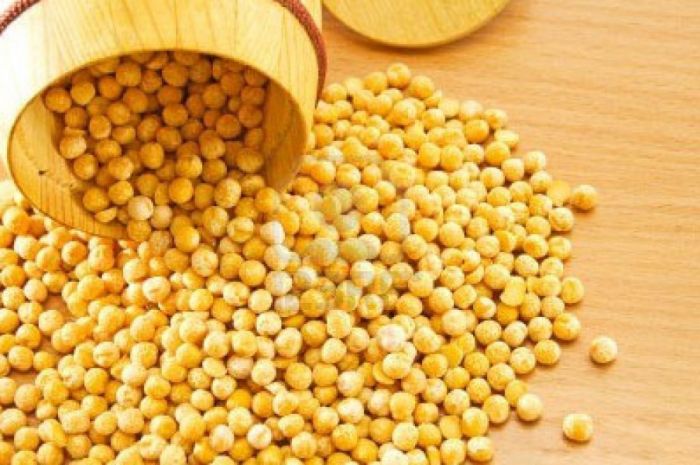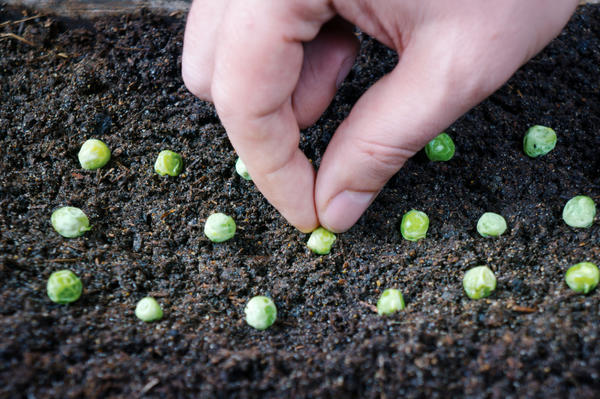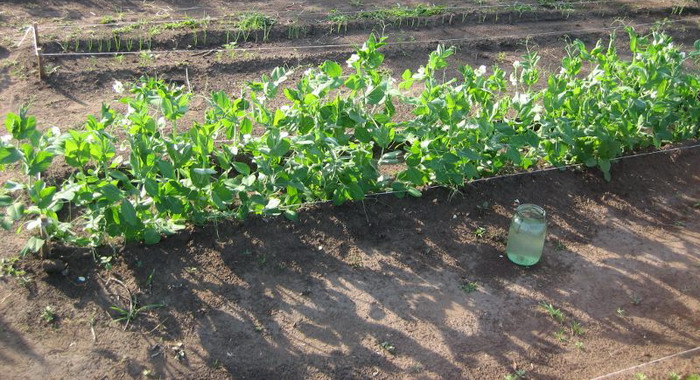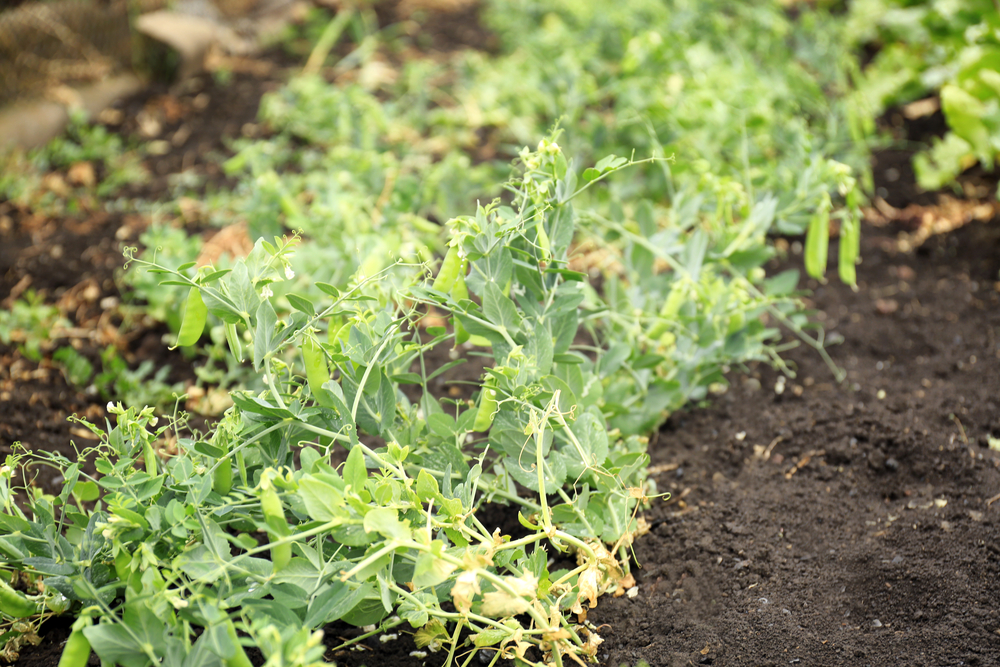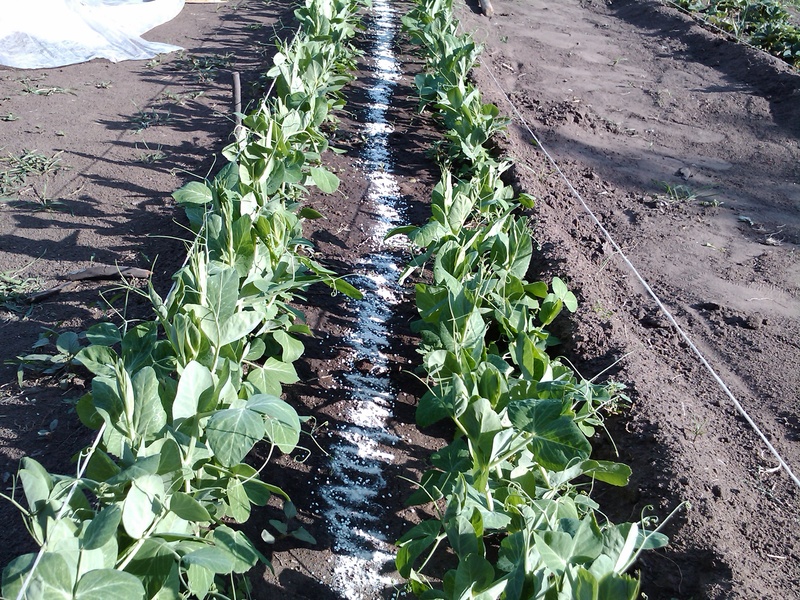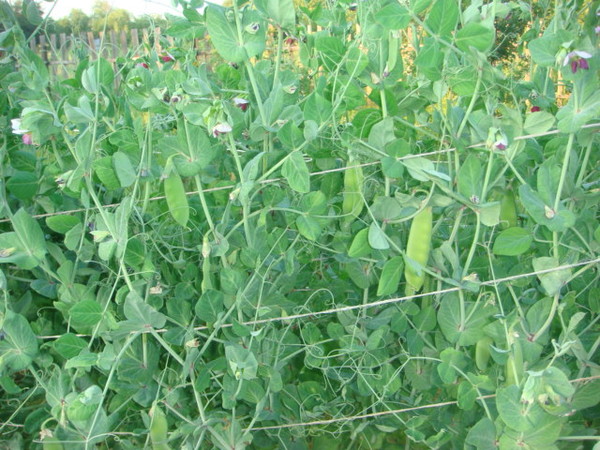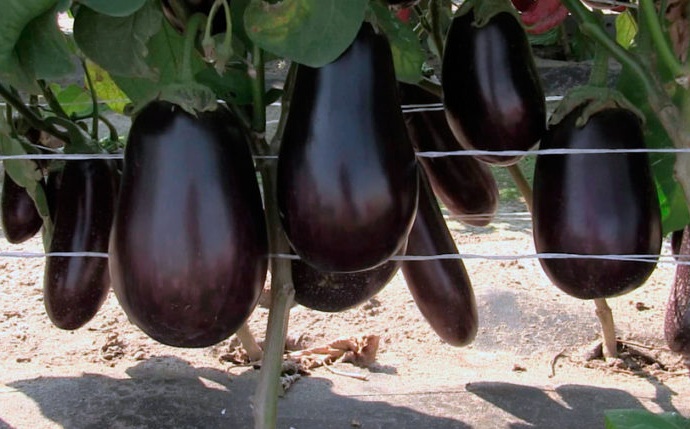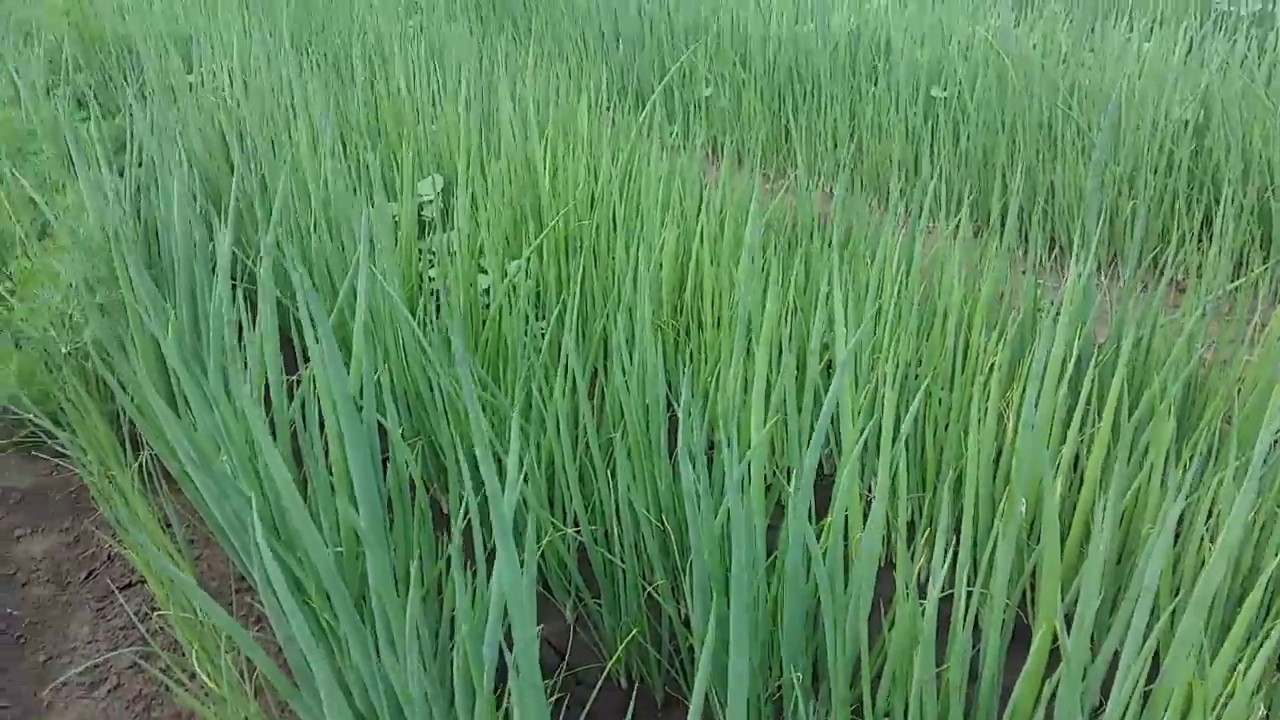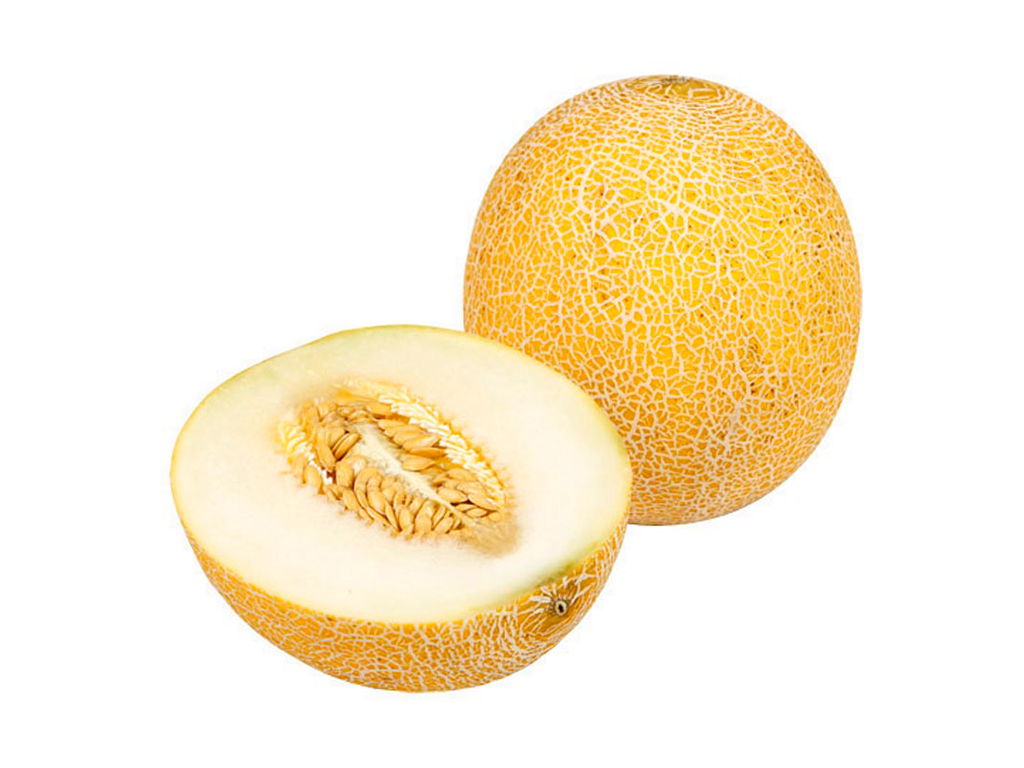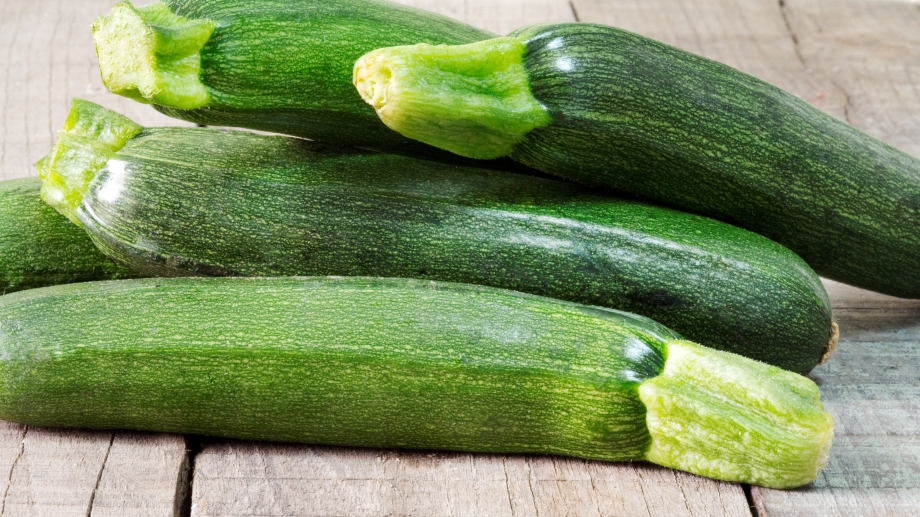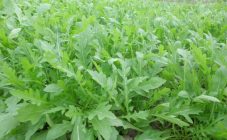Content:
Peas are a widespread crop, they grow in almost all regions. The cultivation of fodder peas is carried out industrially in the fields, and hybrids suitable for consumption in their raw form are cultivated in the backyard gardens. Green peas are used to prepare salads, soups, second courses, and can be preserved for the winter. Cereal crops are grown for livestock feed. Not every vegetable grower knows how to grow varietal peas in the country in the open field.
Choosing a place, preparing seeds for sowing
Any seed needs pre-sowing treatment. To begin with, flotation is carried out, as a result of which the seeds suitable for sowing are separated from the damaged ones. To do this, the seed is soaked for several hours in a jar of boiled water at room temperature. Peas that are not suitable for sowing will float out, and healthy seeds, on the contrary, will sink to the bottom.
Then they can be treated with any product containing trace elements necessary for active plant growth. The processed peas are left for several days on a damp cloth or sawdust to swell.
The use of biological products for the cultivation of garden crops throughout the life of the plant from sowing to harvesting and the rejection of mineral fertilizers will allow you to get vegetables of good quality.
High yield is achieved:
- absence of diseases and pests;
- improvement of the land;
- good care.
For hybrid seeds, no pre-treatment is necessary. In the course of pre-sale preparation, seed producers apply a layer of useful minerals and protective substances to the seeds.
Where is the best place to plant peas, in the shade or in the sun? This vegetable loves the warmth of the sun, so a well-lit corner of the garden should be allocated for it. For this culture, areas where they grew before are well suited:
- corn,
- eggplant,
- tomatoes,
- oats,
- potatoes,
- bell pepper.
It is impossible to grow peas in the same place; every new season this plant is sown in a new place. You can return the peas to the previous bed no earlier than after 4 years.
How to grow peas
Peas are an early crop, they germinate at an air temperature of 4 to 6 degrees Celsius. Vegetable growers are interested in the question of whether peas are afraid of frost or not. Young shoots are able to withstand frost up to -4 degrees.
Sowing dates for this crop in each region are different. In the Kuban, peas are sown in the earliest spring, since here in late February and early March the air temperature in the daytime can reach +5 degrees. In the middle lane, you can plant peas in the ground in April.
Peas are one of the most frost-resistant crops, but this does not give an exact answer to the question of whether peas are afraid of frost.Young shoots of almost all varieties of peas calmly tolerate night frosts, but swollen, but not germinated seeds react poorly to a decrease in air temperature.
Landing features
The planting process of peas begins with preparing the soil in the garden bed. If the place for planting peas was determined in advance, then soil preparation can be started in the fall:
- garbage is removed from the garden bed (the remains of fruiting plants and weeds);
- manure and compost are evenly scattered over the surface of the soil;
- the site is dug up so that all organic fertilizers are covered with a layer of earth.
In the spring, before sowing, the beds are marked. To do this, you can drive pegs on the sides and pull a string between them. Holes are dug along the string according to the planting scheme.
For the regions north of the Rostov region, high beds can be made for peas. In the south, it is better to plant the culture in deepened trenches. The earth in the beds is carefully dug up, leveled and watered with boiling water.
High beds should be no more than 1 meter wide, so that you can reach the middle of the plot with your hand from both sides. Grooves for sowing are made every 25-30 cm.The peas are laid in the groove every 10 cm.
If the vegetable is sown in a deepened trench, the peas are sunk into the soil at the bottom of the ditch on both sides. Seeds can be placed opposite each other or staggered. The planted seed is covered with a layer of soil 2.5-3 cm.
Crops of peas ripen together, overripe peas are suitable only for making soups and mashed potatoes. For this reason, so that the vegetable can be received at your table throughout the summer, each new bed is sown a week after the previous one.
For the first time, the crops can be covered with plastic wrap. When shoots appear, the film will need to be opened for a day. The shelter is removed completely when stable warm weather without frost is established.
Care
The beds need to be loosened, fed and watered in a timely manner. After sprouting, the ground around the stems must be carefully loosened. They do this so as not to hurt the roots. In the future, loosening of the soil is necessary the next day after watering.
Weeds are removed very carefully so as not to damage the roots of the cultivated plant. After the pea bushes grow up, it will become impossible to remove weeds along with the root. It is not possible to pull them out of the ground without damaging the root system of the growing legume representative. Weeds that are too tall can be cut with pruning shears.
If the beds are in a country cottage and the crops are taken care of from time to time, it is better to mulch the soil in the aisle. Well suited for this purpose:
- cut grass;
- sawdust;
- straw.
The most modern method of creating mulch involves using black film for this purpose.
Fertilizers and fertilizing, herbicides
How to grow peas with less loss? To do this, you need to water it in a timely manner and destroy weeds. Weeds removed from the garden can be sent to the compost heap or used to prepare liquid top dressing.
The herbal infusion is prepared as follows:
- a wooden or plastic barrel is filled up to half of the volume with cut grasses or weeds;
- the container is filled with water almost to the top;
- a week later the infusion is filtered;
- in the resulting top dressing, mullein or chicken droppings are dissolved at the rate of 1 kg of product per 10 liters of liquid;
- the solution is left to infuse for another day;
- dressing is poured under each root of plants, 500 ml.
Until the ovaries form, you can water the sprouts with liquid fertilizers containing nitrogen, potassium and phosphorus. Mineral fertilizers are applied to the soil very carefully so as not to exceed the dosage recommended by manufacturers. Peas are very sensitive to fertilizer overdose and will respond by dropping ovaries and flowers.
It is better to use organic matter for feeding. This could be:
- mullein solution;
- burnt out compost;
- river silt;
- wood ash.
Which of the feeding options to choose for his site the vegetable grower decides for himself.
Weeds can be sprayed with conventional herbicides only in the aisles. They do this on a calm day so that chemicals do not accidentally get on cultivated plants. Chemicals are poured into a bottle and sprayed with a spray bottle.
Herbicides are actively used for pre-sowing soil cultivation.
You need to water the peas often, spending 1 bucket of water for each meter of the garden. If the plant does not have enough moisture, the leaves on the branches will begin to turn yellow and fall off.
Pruning, pinching
Peas that grow in the fields are not subject to any pruning and bush formation. Those varieties that grow on plots near the house must be molded.
During sowing, supports or trellises are installed along the beds. A climbing plant is easier to care for when it grows upright rather than spreading over the ground. In addition, a garter will help keep plants from rotting. They will bloom faster and begin to bear fruit. Harvesting is also much more convenient from branches tied to supports.
Some vegetable growers advise pinching the main pea stem at a height of 25 cm. This gives an impetus for the active growth of the lateral branches.
Lateral shoots after a while can also be pinched, after which their own lateral branches should grow from them.
Pest control, disease prevention
It is possible to save cultivated plants from infectious diseases and pests if preventive treatments of the aboveground part of the bushes with protective chemicals are carried out in a timely manner. In addition to purchased spray preparations, home remedies are used:
- decoction of onion husks;
- infusion of garlic;
- iodine solution with milk.
If a diseased plant appears in the garden, it is removed and burned. All other bushes are treated with medicinal drugs.
Pests are poisoned with poisons intended for the species of insects found in the garden.
Secrets of increasing yields
To extend the harvest time, ripe pods need to be harvested from the bushes daily.
The way to increase the yield of peas is very simple. If you pinch the top growth point of the central stem of a plant, it will begin to branch strongly.
The yield of peas will rise significantly if the peas are planted in peat cups and kept indoors on the windowsill until the onset of heat. During the day, containers with seedlings are placed on the balcony so that they can harden.
Knowing when to plant and how to grow peas will make it easy to get a good harvest.
